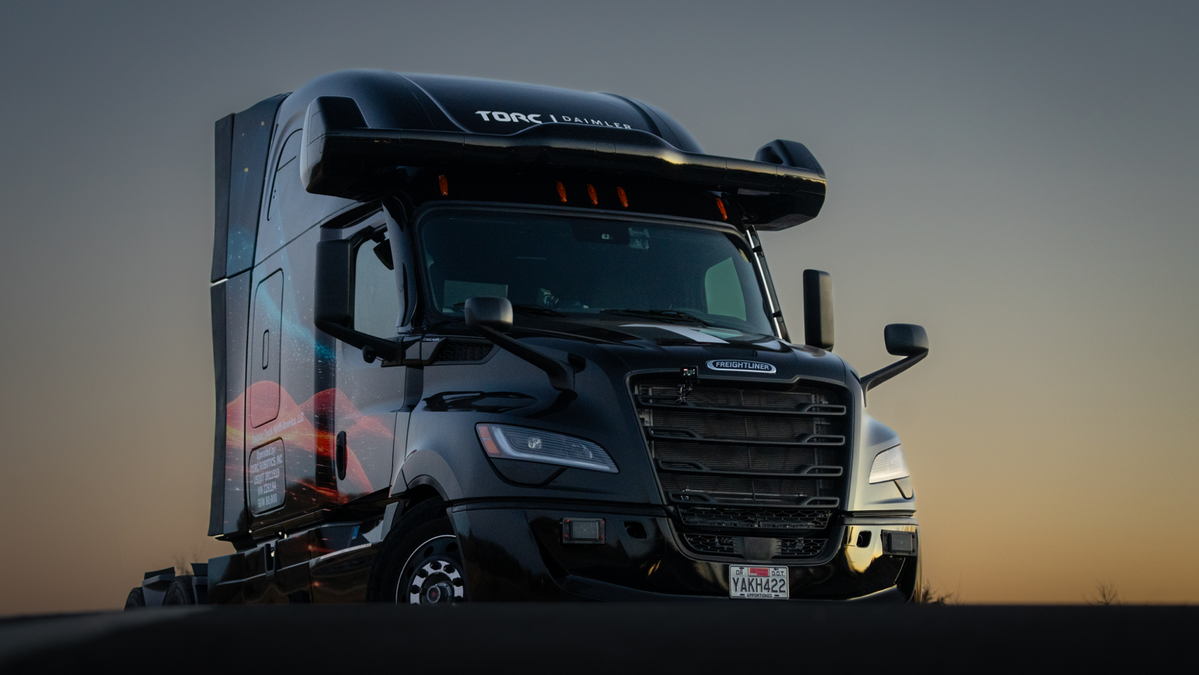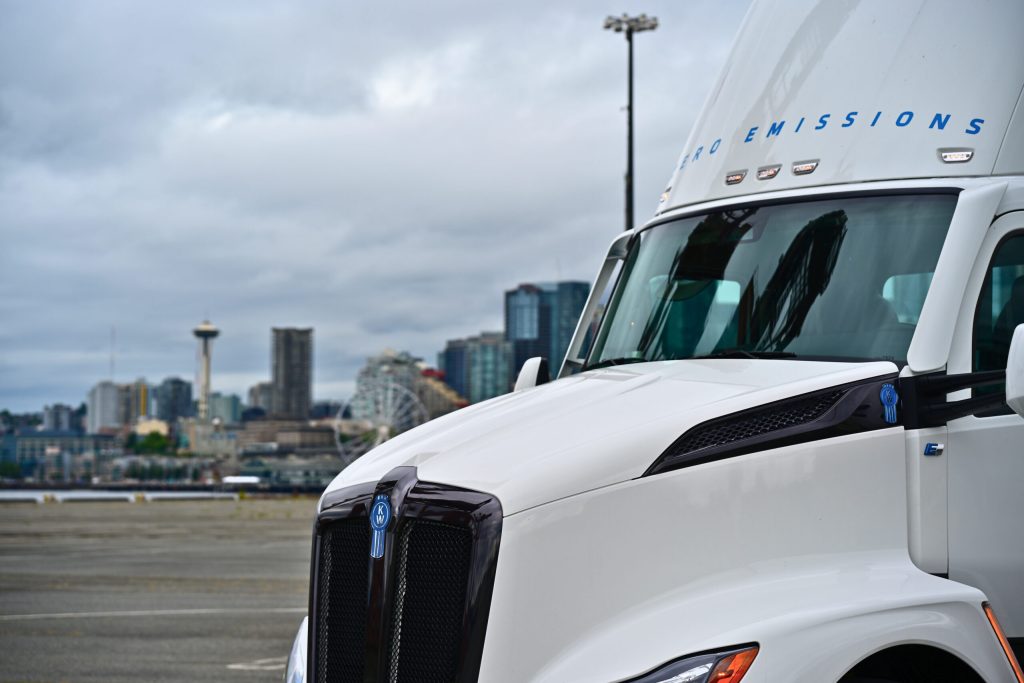The Northwest Seaport Alliance (NWSA) recently announced its first-ever incentive program for zero-emission truck and charging deployment in the Puget Sound region. Zeem Solutions was selected as the subrecipient of the program after a competitive bidding process. This marks Zeem’s first deployment in Washington state.
The program was funded by a $6.2 million grant from the Washington State Department of Transportation (WSDOT), and will bring 19 zero-emission trucks and charging infrastructure to the region. The project is part of a larger public-private partnership, with Zeem and its fleet partners contributing a substantial portion of the total project costs.
“We are grateful for the partner we have found in Zeem. This transition is a necessary but expensive one, and we need all the partners at the table that we can get,” said NWSA co-chair and Port of Tacoma commission president John McCarthy.
The Zeem project includes developing a strategically located charging site near the I-5 exit ramp south of SeaTac Airport, along SR-99. The facility will accommodate charging for 250 vehicles daily and provide overnight parking for 70 vehicles. Construction is scheduled to begin in fall 2025, with zero-emission vehicles expected to be operational by 2026.
“WSDOT is pleased to be part of advancing the use of clean energy for zero-emission drayage trucks,” said Jason Biggs, director of WSDOT’s Rail, Freight and Ports Division. “Projects like this one are key to meeting the state’s climate commitment goals.”
The initiative aligns with the recently released Decarbonizing Drayage Roadmap, which outlines nearly 70 recommendations for transitioning the full drayage fleet to zero-emission vehicles by 2050. The incentive program was designed to minimize financial burden and risk to drivers while ensuring the co-development of necessary charging infrastructure.
Drayage trucks, like their larger full-sized Class 8 cousins, contribute large amounts of both diesel particulate matter and greenhouse gas emissions. State, local and municipal governments are looking at ways of reducing emissions, as they disproportionately impact communities near port operations and along freight corridors.
“This is a major milestone, putting the first zero-emission drayage trucks on the road in Washington state,” said NWSA managing member and Port of Seattle commissioner Sam Cho. “We continue to make clear and steady progress, from our overarching strategy with the Northwest Ports Clean Air Strategy to the Decarbonizing Drayage Roadmap.”
Torc Joins Stanford Center for AI Safety to Advance Autonomous Trucking Technology

Torc Robotics, an independent subsidiary of Daimler Truck AG, has announced its membership in the Stanford Center for AI Safety. The collaboration establishes a partnership focused on enhancing AI safety for autonomous trucking applications as Torc prepares for full commercialization in 2027.
Headquartered in Blacksburg, Virginia, Torc has additional engineering offices in Austin, Texas, and Montreal, Canada. The company also maintains a fleet operations facility in the Dallas-Fort Worth area and a software developer footprint in Ann Arbor, Michigan.
The membership provides Torc with direct access to Stanford’s research findings, symposiums and seminars, enabling the company to sponsor, collaborate in and co-author research. This access is anticipated to help Torc enhance safety protocols for machine learning models within its autonomous driving systems.
“Torc is proud to join the Stanford Center for AI Safety, reinforcing our mission to deliver safe, scalable and trustworthy autonomous solutions,” said Steve Kenner, chief safety officer at Torc, in a news release. “This membership aligns with our commitment to advancing rigorous safety practices in AI development and supports our goal of providing highly reliable technology to our customers.”
The Stanford Center for AI Safety focuses on developing safety protocols and advanced machine learning techniques to mitigate risks in autonomous systems. As a member, Torc will leverage published research to address critical safety challenges in autonomous driving applications, enhancing the reliability of its machine learning models.
“Collaborating with members in our affiliates program allows us to apply our research in AI safety to real-world challenges,” said Duncan Eddy, director of the Stanford Center for AI Safety. “Our work with Torc will include efforts to enhance the safety and reliability of autonomous driving systems, ultimately contributing to the advancement of this transformative technology.”

